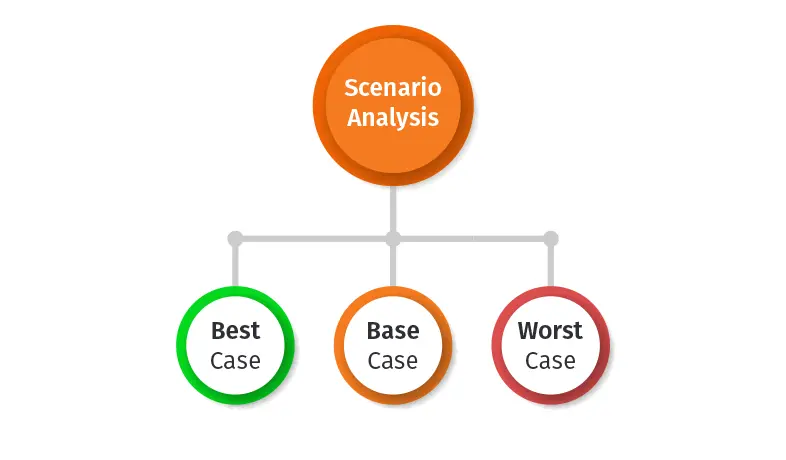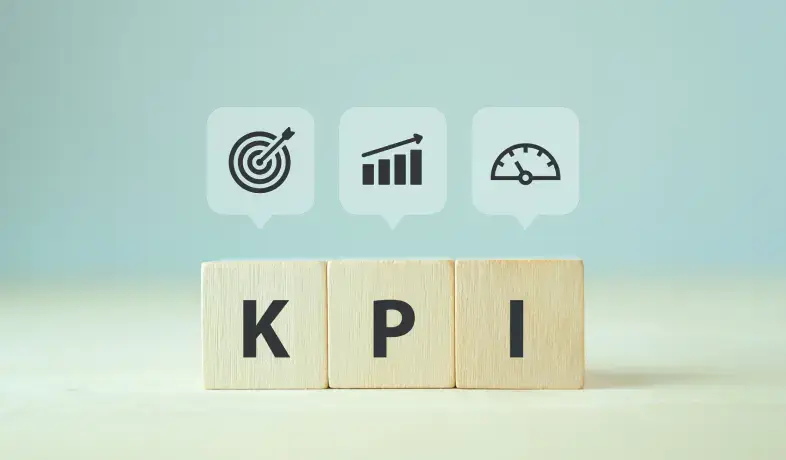137 resources match your search criteria

Which is Better: Parametric or Analogous Estimating?
In the early planning phase of a project, when scope is defined only at a high level, teams often rely on parametric and analogous estimating techniques to produce initial cost and schedule estimates. These early estimates provide management with the information needed for go/no-go decisions, funding allocation, and project prioritization.
Read blog article
Understanding the Basics of Scenario Analysis
Scenario analysis allows project managers and decision-makers to explore “what-if” situations, assess risks, and make informed strategic choices. Whether you’re forecasting project costs, testing investment viability, or planning contingencies, this approach provides a structured way to prepare for the unexpected.
Read blog article
The Role of Stakeholder Communication in Managing Project Budgets
Clear and consistent stakeholder communication can be the difference between delivering within budget and facing costly overruns. While project teams often focus on technical execution, estimating accuracy, or scheduling tools, communication is the glue that holds these elements together.
Read blog article
Understanding Lifecycle Costing (LCC) for Project Decisions
In complex projects, decision-making often revolves around budgets, timelines, and performance targets. Yet, the true measure of a project’s success extends beyond its delivery date or initial cost estimate; it lies in the value it provides throughout its entire lifespan. Lifecycle costing (LCC) offers a powerful framework to evaluate that…
Read blog article
Integrating Sustainability Metrics into Project Cost Planning
In recent years, sustainability has moved from a peripheral consideration to a central pillar of project goals and success. Organizations across industries are increasingly aware that sustainability is not just about compliance or corporate image; it’s about long-term efficiency, resilience, and responsible resource management.
Read blog article
Real-Time Project Monitoring: Tools and Best Practices
In the dynamic world of capital projects, real-time project monitoring has become a game-changer. It allows teams to track performance as it happens and ensures that every activity remains aligned with overall project objectives, improving both control and predictability.
Read blog article
Change Control in Project Management
In any project, change is inevitable. Market shifts, design updates, or resource constraints can impact plans, timelines, and budgets. Change control provides a structured process to assess, approve, and implement these adjustments, keeping projects on track and ensuring that scope, schedule, and costs remain under control.
Read blog article
Managing Contingency Budgets: A Comprehensive Guide
In every project, uncertainty is inevitable, and that’s where a contingency budget becomes essential. No matter how detailed the planning is, unexpected events such as design changes, market fluctuations, or unforeseen site conditions can arise. A well-structured contingency budget ensures that projects stay financially resilient, even when the unexpected happens.
Read blog article
Key Performance Indicators (KPIs) for Project Cost Control
Cost control Key Performance Indicators (KPIs) are important metrics that help project managers monitor, evaluate, and improve the financial performance of a project. These indicators help spot potential overspending, enhance resource use, and guide decision-making.
Read blog article
Cost Performance Index (CPI) and Schedule Performance Index (SPI) Explained
In project management, performance measurement is key to delivering projects on time and within budget. Two critical indicators for tracking efficiency and progress are the Cost Performance Index (CPI) and the Schedule Performance Index (SPI). Together, these metrics form the foundation of Earned Value Management (EVM), a methodology endorsed by…
Read blog article